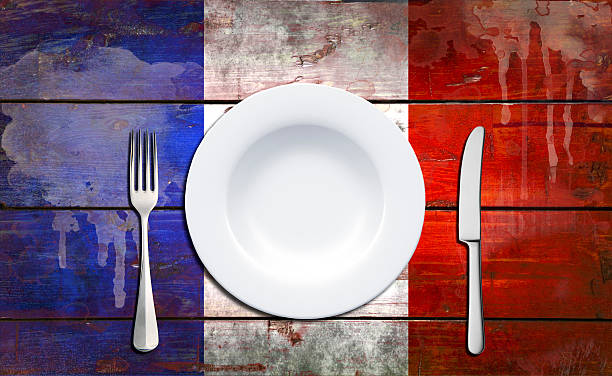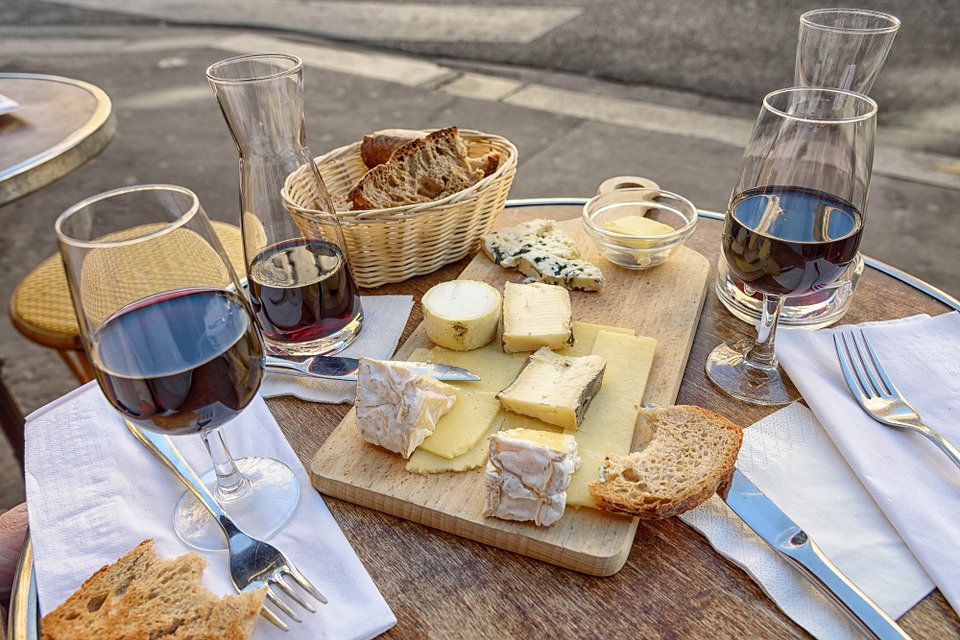French Food Culture
French cuisine developed throughout the centuries influenced by the many surrounding cultures of Spain, Italy, Switzerland, Germany and Belgium, in addition to its own food traditions on the long western coastlines of the Atlantic, the Channel and inland.In the 14th century, Guillaume Tirel, a court chef known as "Taillevent", wrote Le Viandier, one of the earliest recipe collections of medieval France. In the 17th century, chefs François Pierre La Varenne and Marie-Antoine Carême spearheaded movements that shifted French cooking away from its foreign influences and developed France's own indigenous style.

Bread, Cheese and Wine
Each of these three specialty items is essential to the culture and traditions of French food. Together, they make the perfect, affordable lunch to enjoy en plein air, to take with you wherever you like.Fresh baked bread daily cannot be overemphasized as a part of French heritage. Quality selections from the bakery span the gamut from long crusty baguettes to light flaky croissants. Stopping to pick up something to bring home from the boulangerie is a simple gesture of sharing family love. And consume it they do; according to recent studies by research firm Euromonitor, France has 32,000 independent bakeries and bread lovers buy 10 billion baguettes every year.
Combine your baguette with wonderful French cheeses and a bottle of reasonably priced French wine and you've got an instant picnic. You don't need a cutting board or knife; baguettes are designed to be torn off in bite-size chunks.
